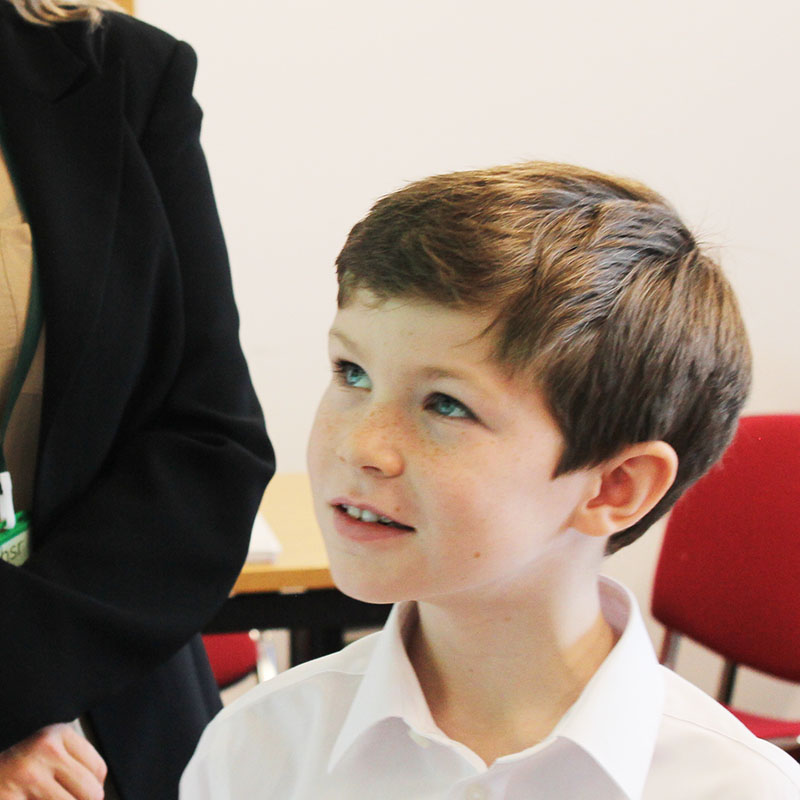

Lego therapy interventions are really useful for children and young people with social difficulties. To access a lego therapy intervention with HSR Psychology a child or young person needs to have basic fine motor skills and basic language comprehension skills.
Lego therapy interventions can be an option for young adults and children who have difficulties with:
To find out how lego therapy intervention could benefit yourself as well as people around you then please contact us to find out more information.
Many benefits can be brought into the lives of young people and children through lego therapy interventions, including:
Following a lego therapy intervention,we will provide recommendations for further supporting the child or young person, this will encourage their continual progress in communication and social skills.
Lego therapy intervention can be set up after an initial discussion with a member of the HSR Psychology team, please read more about our process below.
A lego therapy intervention can be carried out on a one on one basis or, alternatively, within a small group setting. During a lego therapy intervention, the individual may take on a particular role e.g. builder. The young person will have to work as part of a team, either with the psychologist or with their peers, to construct a piece of work using lego. The young person or child will develop skills such as instruction following and co-operation. Alongside social benefits, lego therapy interventions also improve fine motor skills as well as spatial, visual and analytical skills. Lego therapy interventions can take place at home, in school or in one of our central Manchester clinics.
After a lego therapy intervention the young person will have improved communication skills which they can continue to work on using effective techniques. Following a lego therapy intervention it may become apparent that a number of follow up sessions. Follow up sessions can take place months after the initial intervention, in particular, if the young person needs some support with their skills. Outcomes from lego therapy can be provided through a post intervention feedback session, as well as a written report if one is requested. We will always offer follow up support on top of the support provided during the intervention.
A report is highly recommended following an intervention, which includes: what took place, the outcomes of the therapy and recommendations for future intervention and support. A comprehensive report can be written after a lego therapy intervention highlighting techniques for encouraging helpful skills such as social skills and problem-solving. Reasons for requesting a lego therapy intervention vary, feedback is always offered, which is provided verbally, along with a brief summary. A report from a lego therapy intervention can be used for many different purposes such as supporting an application.

Ben struggled to communicate with his peers and his mother brought him to us to support his needs. We provided a lego therapy intervention. Find out how we helped.
A mother of a young boy, age 8, came to us for help. Her son, Ben, was diagnosed with autistic spectrum condition (ASC) and was struggling to interact with his peers at school in the playground. Ben also had a language delay which could have been contributing to his social communication difficulties. Ben’s mother wanted us to work with her son to help improve his social communication skills.
We provided 10 sessions of lego therapy intervention in total. For the first 4 sessions, we worked with Ben on an individual basis, however for the final 6 sessions, we introduced some other children to create a small group, or team. During sessions, the children worked together to build lego constructions based on instructions provided. Lego therapy intervention sessions took place in Ben’s primary school.
As a result of our involvement, Ben began to use skills which he had learned during lego therapy intervention sessions within his daily life. As the skills Ben learned were easier to apply outside of the intervention setting, this improved his confidence and social wellbeing. Our use of a small group setting gave Ben an opportunity to practice his social skills before using them outside of intervention sessions.
Arrange an initial discussion to find out how we can benefit your education setting. The initial discussion lasts 2 hours and is a starting point to identify needs. The cost is £260.
only
£260
Ready to get started? The next step is to speak to our team to find out more about the services we provide and how we can help. Call us on 0161 820 9229 or email office@hsrpsychology.co.uk